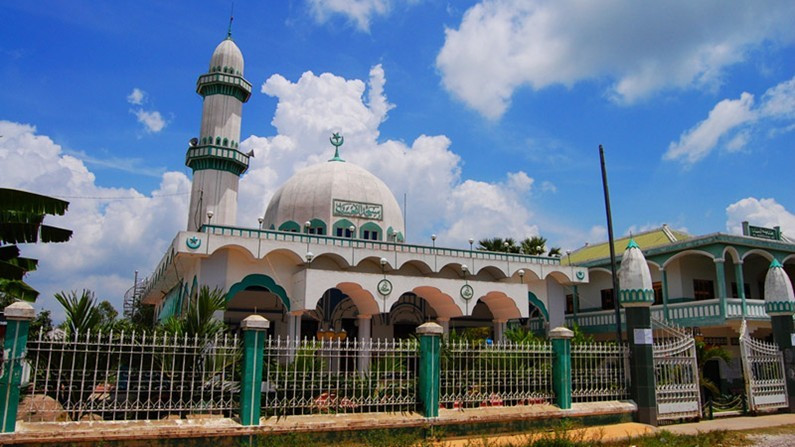An Giang is a Vietnamese province that borders Cambodia. Despite its small size, Chau Doc is one of two cities in An Giang province that, due to their strategic location, play vital roles in the Mekong Delta's economic development. It is highly suggested that all travelers who wish to visit Vietnam's Mekong Delta and continue their journey to Phnom Penh without returning to Saigon spend at least one night in Chau Doc. Tourists can enter Cambodia from Chau Doc via the Vinh Xuong river border crossing and the Tinh Bien International Border Gate.
Best time to visit:
Chau Doc is located in An Giang, which has two seasons: wet and dry. May to November is the rainy season, whereas December to April is the dry season. The greatest time to visit Chau Doc is during the dry season, when travelers are less bothered by rain.
How to get there:
It is possible to go to Chau Doc by bus or boat. The station in Le Loi, a few kilometers north, is where local buses depart and arrive. There are boats that travel from Chau Doc to Phnom Penh and back; these boats depart at 7:00 a.m. and arrive at 16:30 a.m.
Chau Doc attractions:
- Chau Doc floating market: The Chau Doc floating market, with its unique features along the An Giang river, is still a must-see attraction for visitors to Chau Doc. Local tropical fruits and vegetables are the most plentiful and distinctive products in Chau Doc's floating market. Remember to get up early to visit the market when it is busiest, between 6 and 7 a.m.
- Sam mountain: Sam Mountain, about 6 kilometers west of Chau Doc Town, is a 230-meter-high mountain with breathtaking scenery and numerous old ruins. Rice paddy fields sprawl along both sides of the road as you approach the foot of the mountain. With dozens of pagodas and temples, the mountain is mostly recognized as a Buddhist pilgrimage site. It is very popular among ethnic Chinese because of its significant Chinese flavor. Furthermore, temples around the base and in the surrounding area can show Islamic, Indian, and Khmer influences.
>> Read more: 5 Buddhist temples to explore in Chau Doc
- Tra Su Cajuput forest: Tra Su Cajuput Forest, also known as Tra Su Flooded Forest, Tra Su Mangrove Forest or Tra Su Bird Sanctuary is located in Van Giao Commune, Tinh Bien District, An Giang Province. It is an ecosystem of cajuput trees that line dusty dirt trails and are home to a wide variety of birds and other wildlife. Tra Su is an excellent place to experience the typical ecosystem of the Mekong Delta for nature lovers. During flood season, the forest is adorned with the enticing appearance of a green carpet of duckweed covering a large area.
>> Read more: The charmed Tra Su Cajuput Forest in An Giang, Mekong Delta, Vietnam
- Chau Giang Cham village: Chau Giang Cham Village, known as the famous village of Cham people in An Giang province, attracts tourists due to its ethnic identity and cultural features.
>> Read more: Uncover Cham culture in An Giang, Mekong Delta, Vietnam
- Forbidden moutain: Forbidden Mountain, also known as "Thiên Cấm Sơn" in Vietnamese, is located in An Hao Commune, Tinh Bien district. That is the highest mountain in the Mekong Delta's Seven Mountain Range, at around 710 meters above sea level.
- The Le Cong " 100 years old big house": It is directly across the street from the Victoria Chau Doc Hotel. The home was constructed between 1909 and 1912 and was given the appellation "Big House" since it was the largest in town at the time. Throughout, Asian design is dominant, intelligently and beautifully blending in with foreign architecture, which is French-influenced outside (with solid window panes, tile roofs, and complex ornamental decorations) and Western-styled inside (with lustres and floor tiles).
- Tapa rice paddy: Ta Pa hills in Tri Ton district, An Giang, are only 1.5 hours by private car from Chau Doc. A spectacular view of the rice field can be found right at the foot of this hill. You can visit at any time of year, but the best time to visit is from August to early December.
Best things to do:










